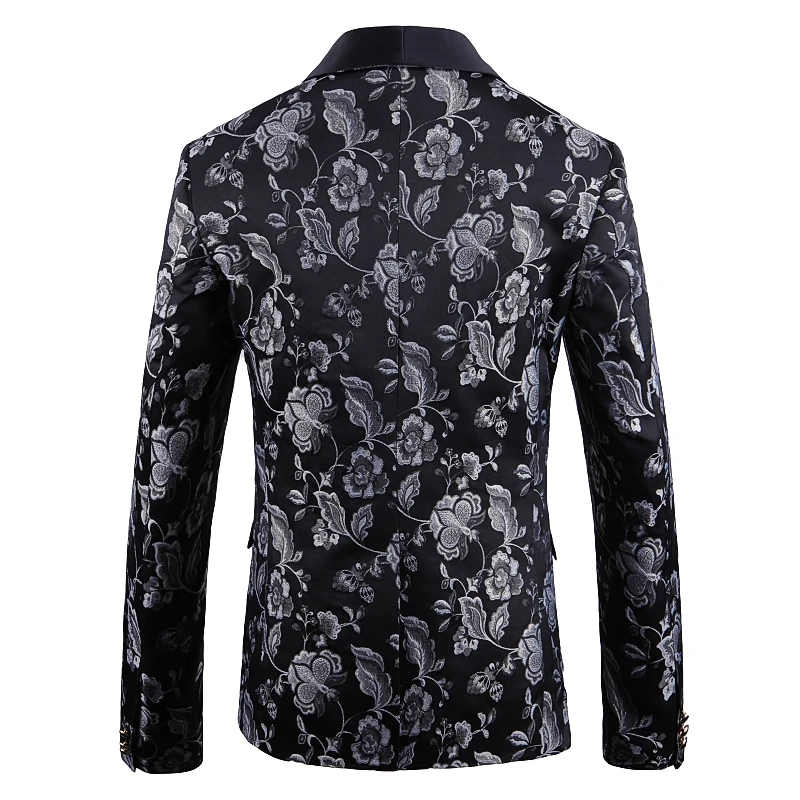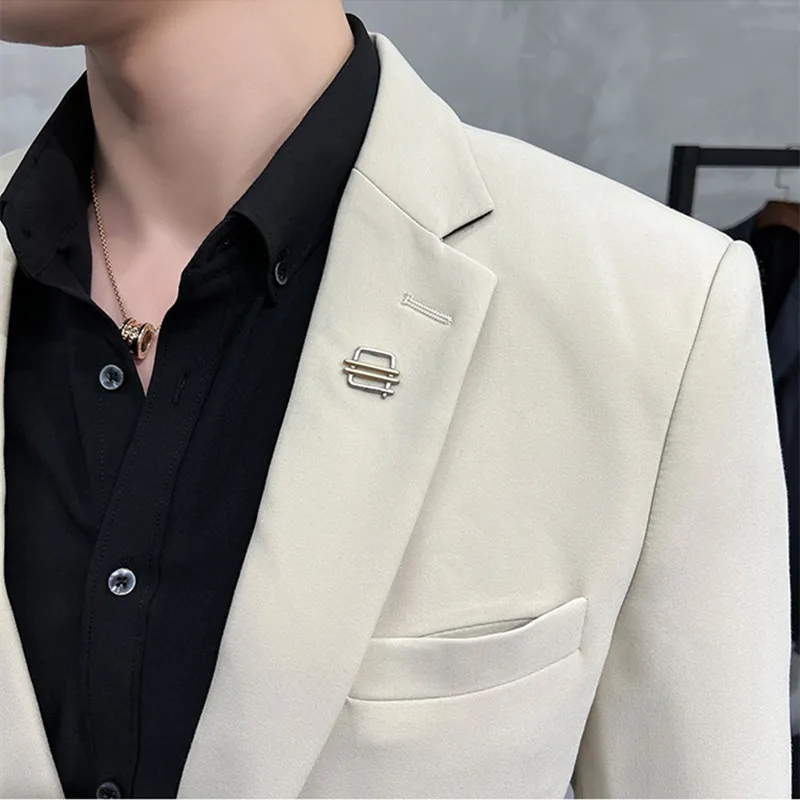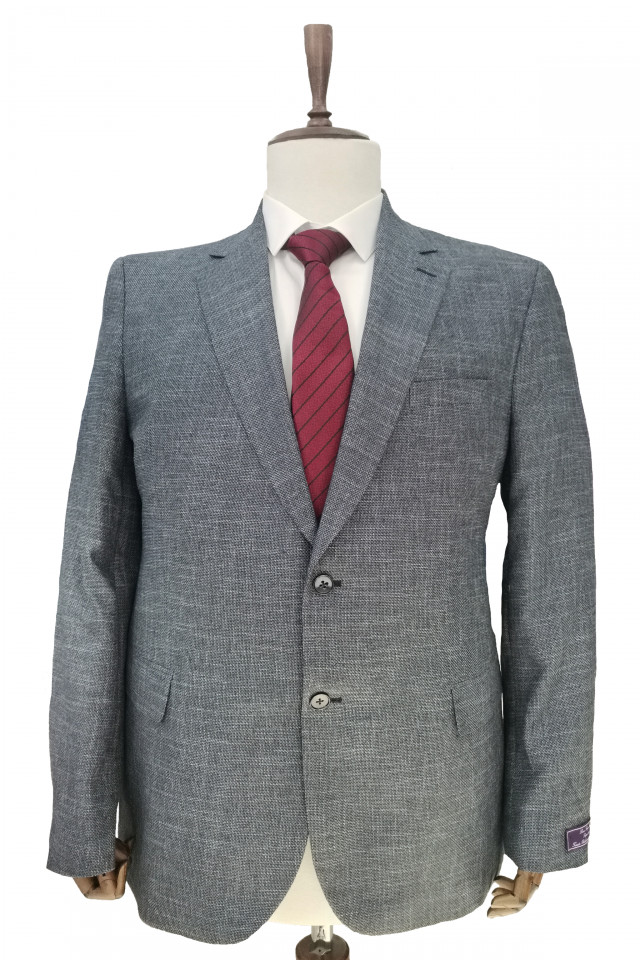
Sacouri barbati șantiere Mari oameni de noul fond de 2019 toamna ierni de energie electrică transfrontaliere de afaceri costum rochie D219-1918 - P195 vanzare \ Costume și Sacouri - www.cosmeticetop.ro

6XL 7XL 8XL Sacou Barbati Dimensiuni Mari Afaceri Sacou Costum Petrecere Rochie de Mireasa de Moda Liber Haina Casual Elegant de Înaltă Calitate ~ Îmbrăcăminte pentru bărbați | www.calitanase.ro

Costum de afaceri sacou haina sacouri pantaloni vesta barbati nunta lui trei bucăți pantaloni vesta de mari dimensiuni profesionale se potriveste cumpara - Îmbrăcăminte Pentru Bărbați / www.viewnews.ro

Vanzare 7xl de Mari Dimensiuni Gri Sacou Barbati Slim Fit de Afaceri de Nunta Muncă Socială la Modă Jachete Pentru Barbati Haine Elegante Costum de Calitate ~ Îmbrăcăminte pentru bărbați / www.andreimuresanusud.ro

Sacou Barbati Stil Britanic De Moda Colorate De Mari Dimensiuni Slim Fit Sacou La Două Rânduri De Print Casual Uzura Formale Blazer Masculino / Îmbrăcăminte Pentru Bărbați - www.bronzeline.ro

Vanzare 7xl de Mari Dimensiuni Gri Sacou Barbati Slim Fit de Afaceri de Nunta Muncă Socială la Modă Jachete Pentru Barbati Haine Elegante Costum de Calitate ~ Îmbrăcăminte pentru bărbați / www.andreimuresanusud.ro

Bărbați Sacou Domn Velur Slim Fit Barbati Catifea Sacouri Casual Sacou Costum Bal Etapă de Tineret Îmbrăcăminte de Mari Dimensiuni M - 4XL 8670 cumpara ~ Costume și Sacouri > www.cepsports.ro

Oameni noi casual de dimensiuni mari sacou albastru și alb dungi cu două butoane mens formale sacou blazer barbati marimea m-5xl vanzare < Îmbrăcăminte pentru bărbați \ Bivoli.ro

2022 Barbati Slim Fit de Afaceri Sacouri Sacou Formal Office Casual Slim Fit Sacou Costum Sacou Casual Smoching de Dimensiuni Mari 4XL cumpara > Îmbrăcăminte Pentru Bărbați - Minipot.ro

Sacou Barbati Stil Britanic De Moda Colorate De Mari Dimensiuni Slim Fit Sacou La Două Rânduri De Print Casual Uzura Formale Blazer Masculino / Îmbrăcăminte Pentru Bărbați - www.bronzeline.ro

Sacouri barbati de vânzare la cald de toamna casual, costume de mari dimensiuni m-4xl de sex masculin de primăvară de moda costume de înaltă calitate strat La reducere! ~ Costume și sacouri >

-500x500.JPG)










